Each March, we share the newly released Global Wellness Summit’s (GWS) annual wellness trends. Their Future of Wellness report is the longest-running and most in-depth forecast of what consumers across the globe are seeking in an effort to improve well-being. It also outlines what businesses, governments and industries are providing to satisfy those desires.
The trends commonly align with global circumstances, and it is no surprise that this year, wellness is a more significant priority for people than ever before. Stress levels are high, and people are realizing the benefits – and necessity – of making wellness routines, practices and technology part of their everyday lives.
This year’s report describes two vastly different mindsets and markets that GWS dubs “hardcare” and “softcare.” “Hardcare” refers to the new hyper-medical, high-tech, more expensive wellness market, while “softcare” captures the new desires for simpler, less expensive wellness, where emotional and social well-being matter most.
Medicine used to be the antithesis to wellness, but it now leads the hardcare sector. Weight-loss drugs quickly moved in on behavioral weight management programs, and burgeoning longevity clinics offer everything from advanced diagnostics to stem cell therapy, as the quest for longevity continues to dominate.
It is refreshing to read that younger generations are seeking more “low-fi,” social, emotional and deeply human wellness. New desires for simpler, more profound experiences drive one of the report’s top travel trends: pilgrimages, as ancient destinations lure new generations in record numbers to the most communal and spiritual form of travel – walking.
Softcare also encompasses a more human approach in caring for men’s social and emotional well-being, as well as a focus on mental health and nurturing of new parents, often abandoned by the health care system once sent home with baby.
Here is an edited summary of a few of the trends as provided by GWS:
Climate-adaptive wellness. With an increasingly heat-crushed planet, and air conditioning that is erasing climate change progress, we will see a new wave of innovations that cool our bodies, homes and cities: more green space, tree cover and rooftop gardens; high-tech building materials and heat-reflective paint for roads and roofs; cities building cooling centers and public pools, with many cleaning up waterways for public swimming; and smart-tech clothing and wearables that monitor the body’s heat indicators – from core temp to hydration to electrolytes.
So much will change in this traditional wellness space, from a new focus on hot/cold therapies to the rise of (cooler) “night-time wellness” programming at hotels and resorts, such as stargazing and full-moon yoga.
The power of the pilgrimage. A silver lining of the pandemic was that many people rediscovered the simple joys and health benefits of walking and a purposeful connection with nature, which have led to today’s exploration of ancient pilgrimage trails. Spain’s famous Camino de Santiago saw record numbers of travelers in 2023. Others were drawn to Shikoku 88 and the Michinoku Coastal trails in Japan, as well as destinations in Sri Lanka, Bhutan, India and Italy, all of which have undergone extensive restorations thanks to government efforts to promote holistic tourism.
From manning up to opening up. Wellness has long provided a space for women to open up, explore their emotions and build community, but the same can’t be said for men. However, a cultural shift is underway as the dire consequences of rising male loneliness are exposed. The wellness industry is responding with solutions designed to help men reconnect with themselves and each other including retreats, apps and social acceptance of this “softer” form of self-care.

The rise of postpartum wellness. Following childbirth, new parents are largely abandoned by the medical system, and postpartum depression rates are on the rise. Change is now here as cultures around the world develop postpartum retreats for mom and baby that focus on deep rest, healthy food, baby-care education, massage and more. Governments and corporations are also taking action with new home care apps and an expansion of targeted consumer goods and resources.

Longevity has longevity. No longer a “trend,” longevity is the new industry pillar driven by an aging population seeking a longer health span, and a medical establishment still not focused on prevention. Longevity will only ramp up in 2024, as science continues to develop personalized plans grounded in genetic, epigenetic and biomarker testing; telomere regeneration; nutrigenomics; new AI/GPT-driven health care and more. Wellness continues to emphasize recovery treatments for longevity (IV drips, cryotherapy, ozone therapy, etc.), and an influx of retreats are sprouting up globally, offering Blue Zones platforms that get guests connecting, cooking and moving like people who live the longest in the world.

The home as high-tech-health-hub. Wellness-focused homes have been a megatrend for years with amenities like meditation rooms and cold plunge pools. Now homes, and even cities, are becoming multifaceted health hubs. The shift is unprecedented, involving everything from medical-grade home health-monitoring systems to smart furnishings that adjust in real-time to individual needs. The trend includes a growth in both mobile and “Home Health Care,” where homes are becoming advanced “outpatient” care centers powered by digital health services—from fully-integrated telehealth to new health monitoring and diagnostic technology, reducing reliance on in-person interactions with practitioners.
Our homes will ultimately evolve into multifaceted ecosystems, merging advanced technology and empathetic architecture to create living spaces that capture our biometrics to create environments dynamically extending from our own psyches.
Multisensory immersive art for wellness. Art used to be a passive experience: you stare at a painting or have lunch next to a sculpture garden. This new era features multi-sensory, wildly immersive art that engages all our senses and is designed to transform our mental well-being. Museums, hotels and spas are prioritizing wellness and incorporating more and more of these experiences into their offerings.
Multisensory, immersive art is becoming incredibly widespread in public places, from installations that dot cityscapes to AI-driven art in hospitals that utilize facial screening software to deliver audio-visuals based on your emotions. In the future, as adoption of wearable technologies becomes widespread, generative artworks will become even more hyper-personalized, participatory and therapeutically effective. Adaptive art will continue to take hold and push the boundaries of what sensory immersion and art-as-wellness can mean.
For more information on the Future of Wellness 2024 Trends, visit www.GlobalWellnessSummit.com.
Source: 1) 2024 Wellness Trends Report and Summary from Global Wellness Summit.
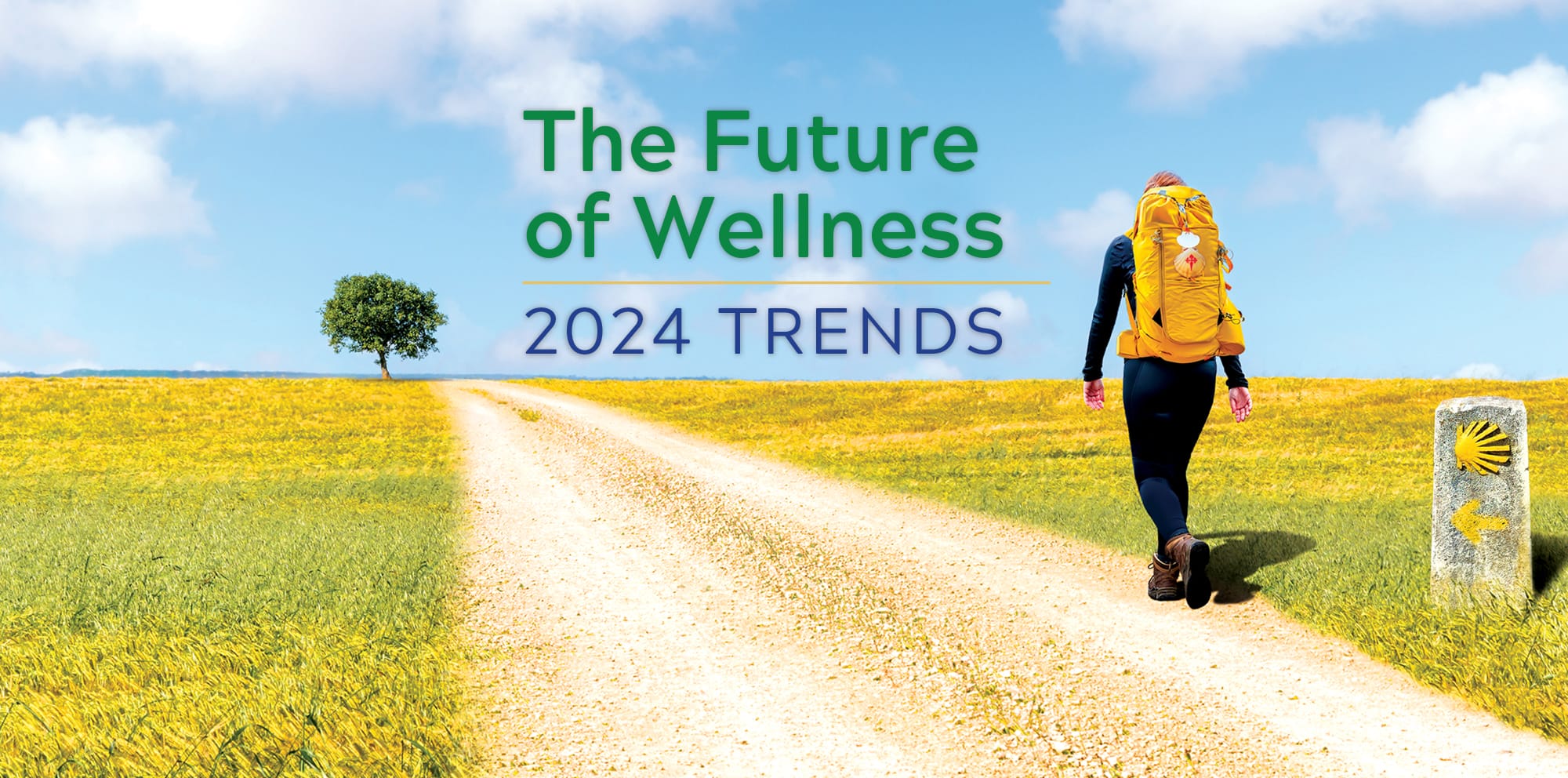



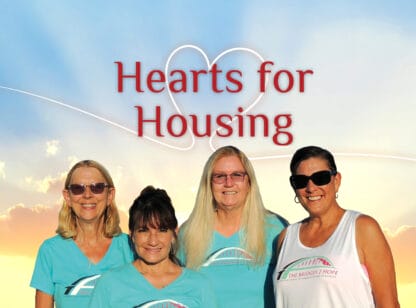


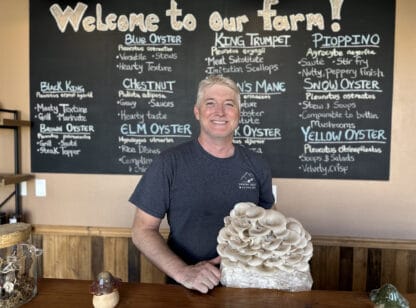
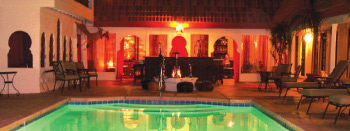




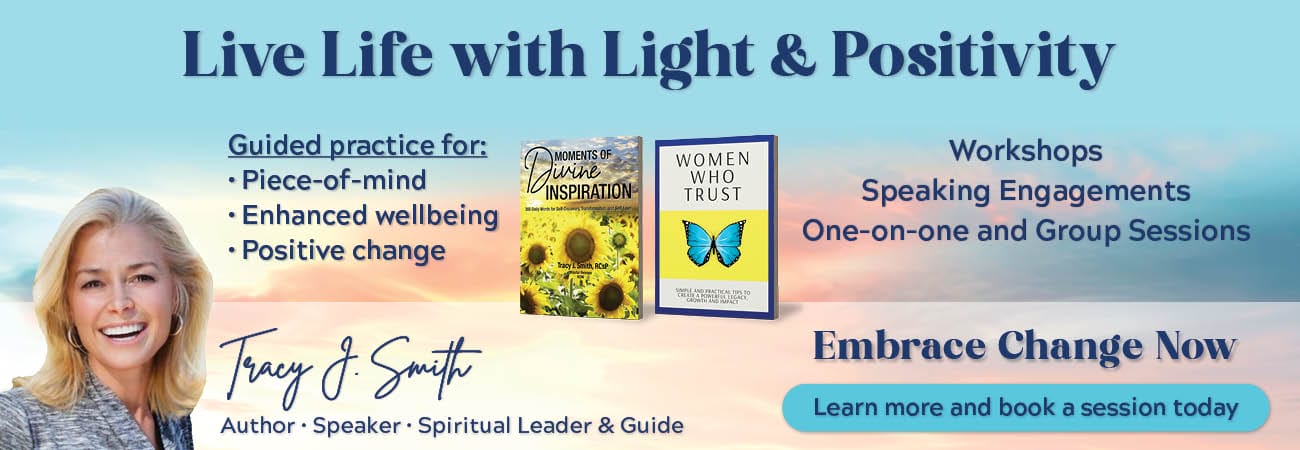
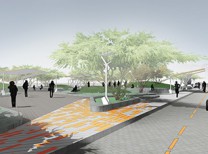



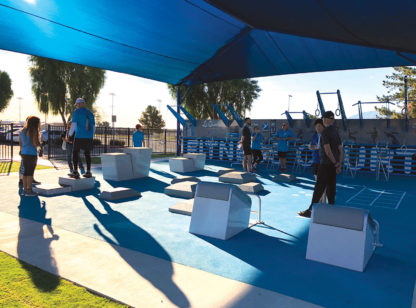




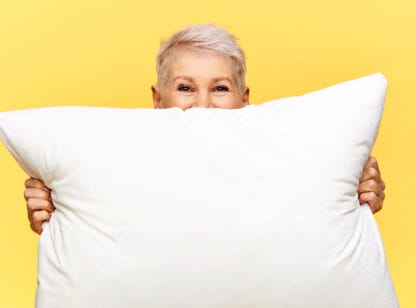





















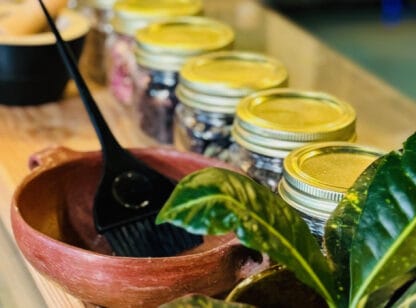
Comments (0)